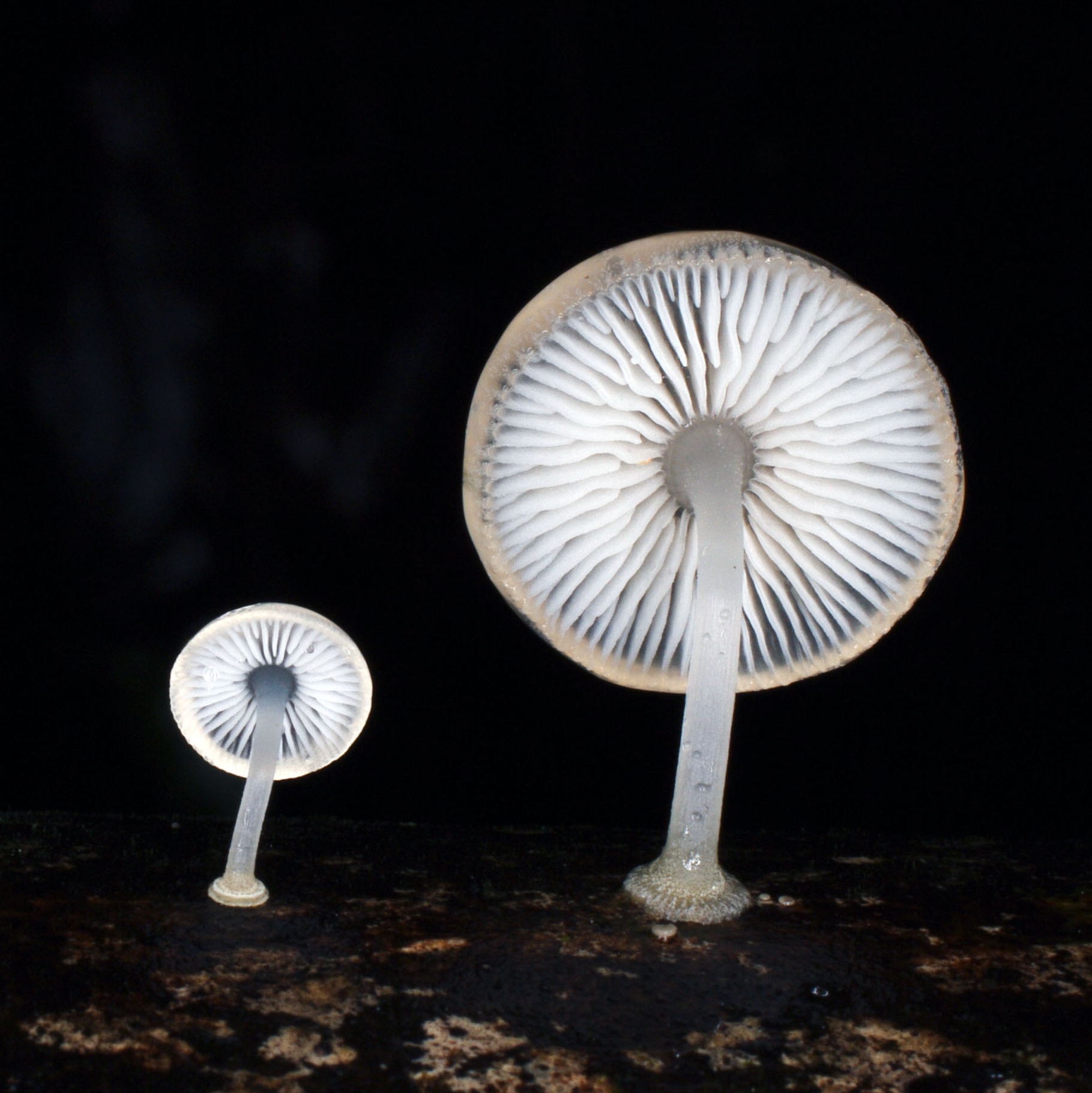Sep 17, 2021
Fungal Mounting and Staining Procedure
This protocol is a draft, published without a DOI.
- 1KMU Biology

Protocol Citation: Yin-Tse Huang 2021. Fungal Mounting and Staining Procedure. protocols.io https://protocols.io/view/fungal-mounting-and-staining-procedure-bybvpsn6
License: This is an open access protocol distributed under the terms of the Creative Commons Attribution License, which permits unrestricted use, distribution, and reproduction in any medium, provided the original author and source are credited
Protocol status: In development
We are still developing and optimizing this protocol
Created: September 17, 2021
Last Modified: September 13, 2023
Protocol Integer ID: 53333
Disclaimer
DISCLAIMER – FOR INFORMATIONAL PURPOSES ONLY; USE AT YOUR OWN RISK
The protocol content here is for informational purposes only and does not constitute legal, medical, clinical, or safety advice, or otherwise; content added to protocols.io is not peer reviewed and may not have undergone a formal approval of any kind. Information presented in this protocol should not substitute for independent professional judgment, advice, diagnosis, or treatment. Any action you take or refrain from taking using or relying upon the information presented here is strictly at your own risk. You agree that neither the Company nor any of the authors, contributors, administrators, or anyone else associated with protocols.io, can be held responsible for your use of the information contained in or linked to this protocol or any of our Sites/Apps and Services.
Abstract
Fungal Mounting and Staining Procedure
Mounting
Mounting
Water mounting
Regular mounting solution for every kinds of fungal tissue.
2% KOH
1. Clarifying mounts and making tissues and structures visible. (mushroomexpert.com)
2. Is used to test for color changes. KOH is used in the identification of many mushrooms, including boletes, polypores, and gilled mushrooms. For boletes, place a drop of KOH on the cap, stem, sliced flesh, and pore surface. For polypores, apply the KOH to the flesh and the cap surface. For gilled mushrooms, place a drop on the cap surface. Note any color changes that take place. A change to yellow is sometimes found in species of Agaricus and Amanita; magenta or olive reactions can help identify species of Russula and Lactarius; deep red or black reactions can help sort out many gilled mushrooms; black reactions among polypores are crucial separators; and various colors are produced with boletes. Don't forget that a "negative" reaction (no color change) may also be an informative character! (mushroomexpert.com)
10% KOH (Dermatology use)
As mounting solution to dissolves the background keratin, unmasking the fungal elements to make them more apparent.
Permanent mounting media
Apply as using water, sealing free
Staining
Staining
Commercial Lugol’s Iodine (5%): to examine amyloid, inamyloid, and dextrinoid reaction of basidios (mostly spores) and ascos (mostly asci).
Dilute the commercial (5%): distilled water = 1:4 as working solution. (c.a. 1/6)
Amyloid spores of Amanita brunnescens
Dextrinoid spores of Rhodocollybia butyracea
Inamyloid spores of Amanita vaginata
Dextrinoid reaction of ascus opening
Amyloid reaction of ascus opening
Pictures from mushroomexpert.com & Wikipedia
